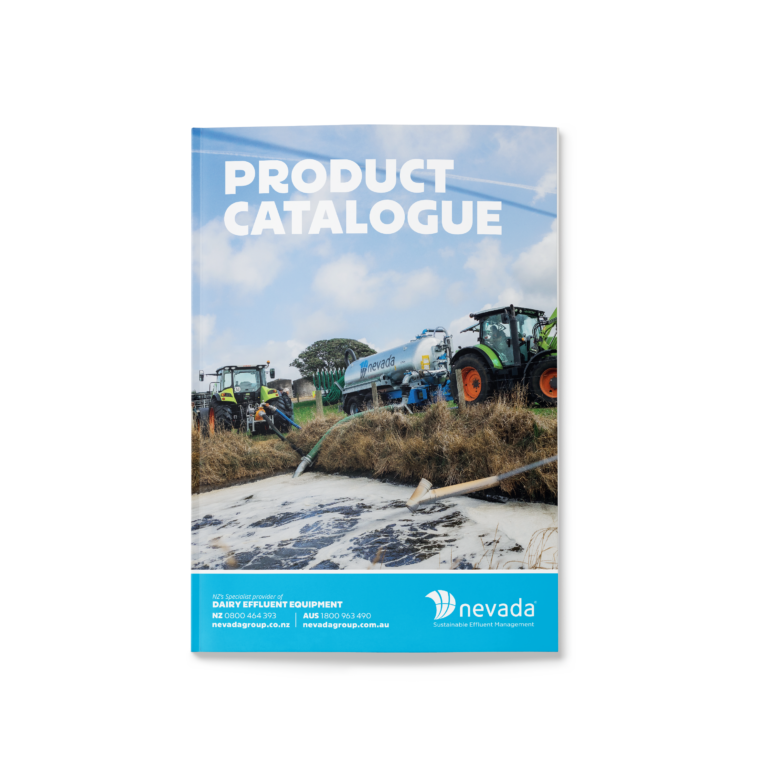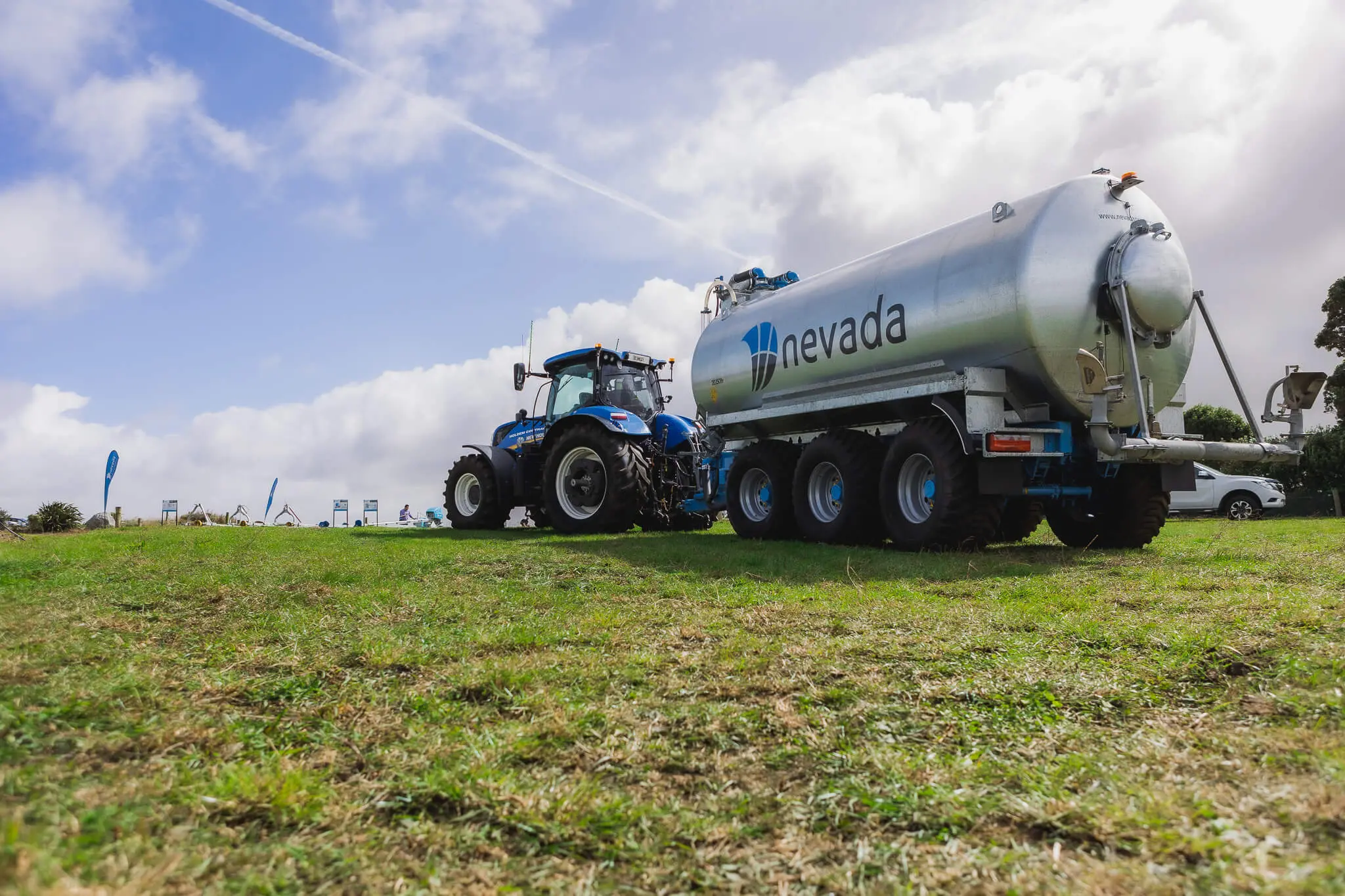- Sustainable Effluent Management
Tank implosion happens when the vacuum system fails or when fittings are not maintained correctly. A failed tank on a slurry tanker is not only costly but also dangerous if the structure fails under pressure. From corroded steel to poorly adjusted valves, there are several causes that can be prevented through careful inspection and ongoing maintenance. Farmers who understand these risks are better equipped to avoid serious issues.
When buying a new or second-hand slurry tanker, take the time to inspect the following:
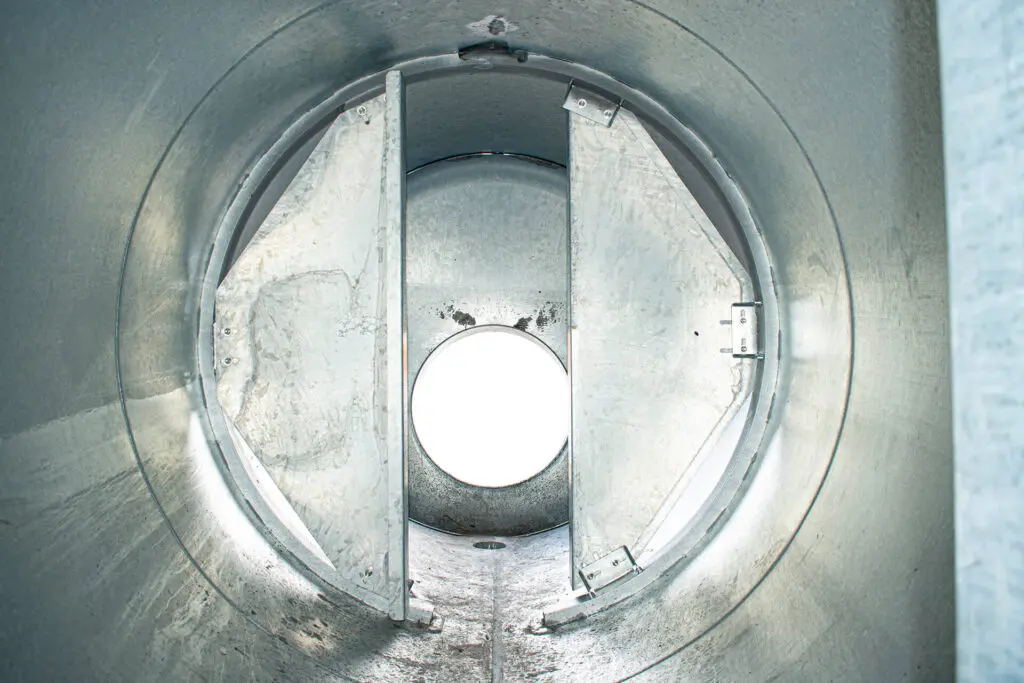
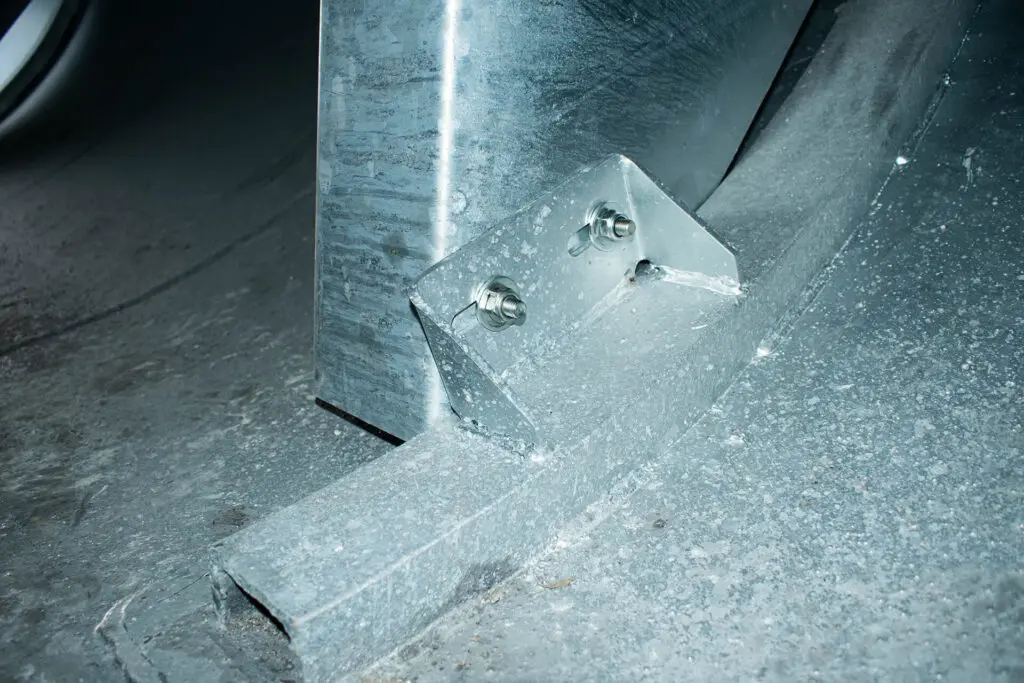
Anti-implosion rings and reinforced valves are specifically engineered to prevent collapse when slurry tankers are under heavy pressure. Without them, even a small fault in the system can quickly lead to an imploded tank. By choosing tankers fitted with these safeguards, farmers reduce the risk of sudden failure and extend the life of their equipment.
A slurry tanker is a significant investment, so it pays to choose wisely. Look for suppliers who provide clear information. Always request maintenance history when buying second-hand and confirm that key parts, including relief valves, have been tested. By investing in a tanker that prioritises safety and durability, you minimise the chances of a tank imploding.
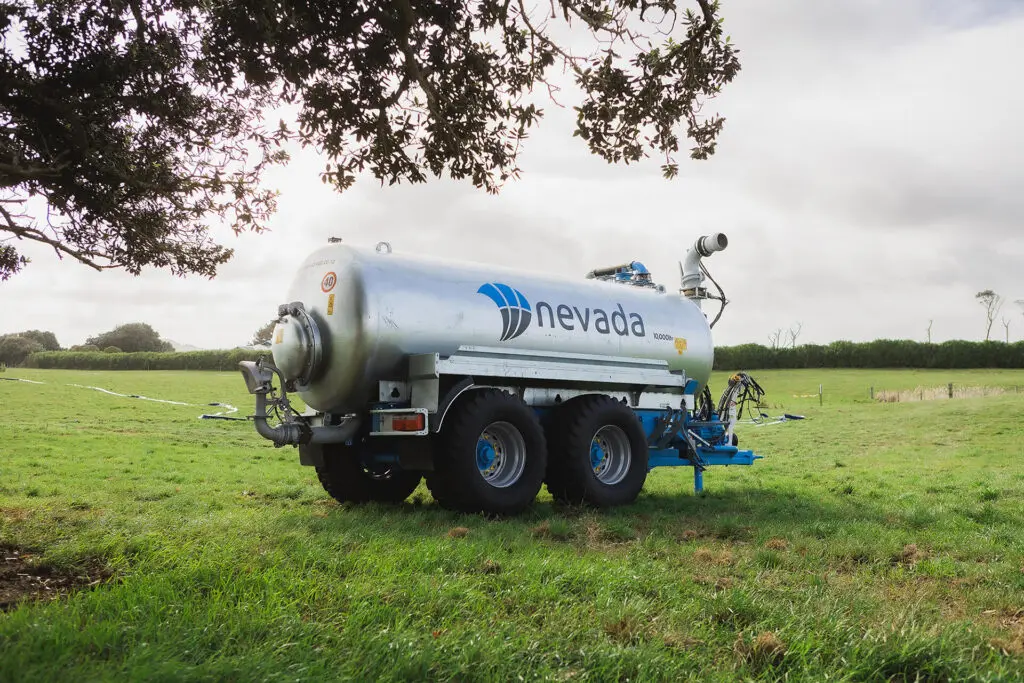
If you’d like expert advice on slurry tankers and how to prevent a tank from imploding, Nevada can help. We supply durable tankers fitted with robust fittings that are designed to withstand the demands of New Zealand farming. Contact us today to discuss your options and keep your farm equipment operating safely.
"*" indicates required fields
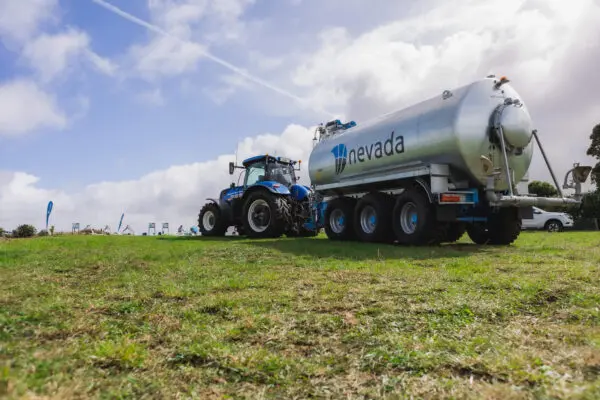
"*" indicates required fields

"*" indicates required fields

"*" indicates required fields
